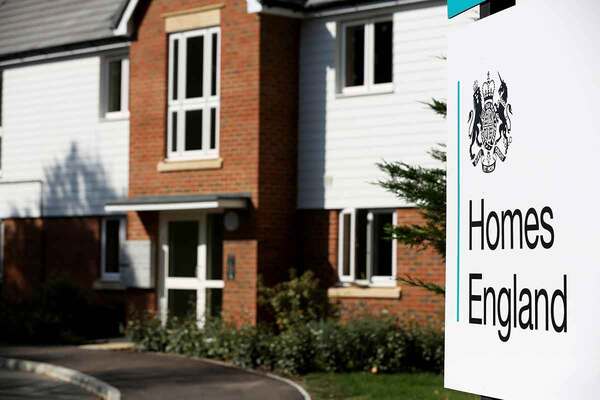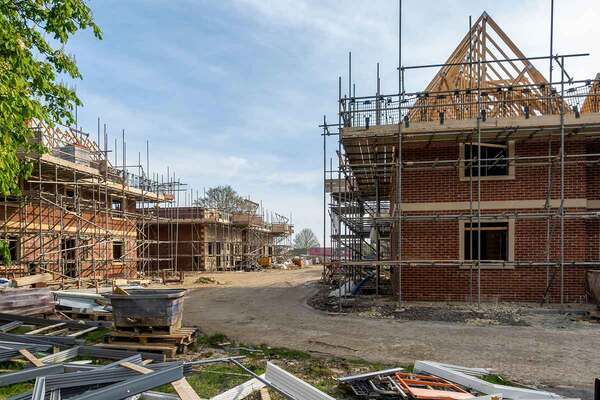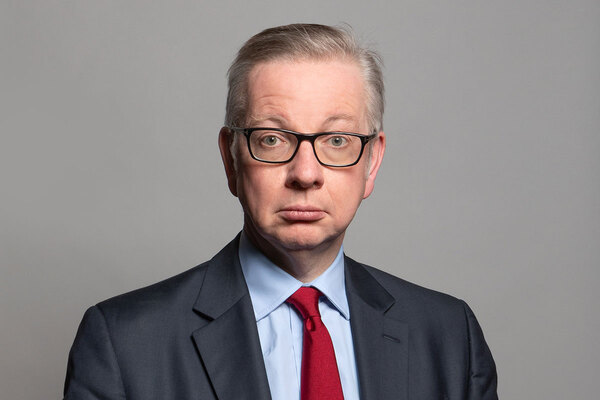Shelter commission: invest in 3.1 million new social homes
A cross-party commission set up by housing charity Shelter has called for 3.1 million social homes by 2040, which it says will pay back in full over the long term.
The commission’s report – A vision for social housing – calls for capital investment from the government, reforms to lower the cost of land, new regulation and a tenant trade body or union.
The final report by the commission, which was set up by Shelter in the wake of the Grenfell Tower disaster in June 2017, says the capital investment will “allow the benefits of social housing to be offered much more widely, providing both security for those in need and a step up for young families trying to get on and save for their future”.
Shelter says there has been “40 years of failure in housing policy”, adding that up to 1980 the country was building an average of about 126,000 social homes annually, compared with only 6,463 social homes last year.
The report says that a 20-year programme will provide a return on investment in 39 years and cost a maximum of £5.4bn a year, which it says is “worth the money” when compared with the £21bn spent on housing benefit annually, and the £62bn budget for capital expenditure.
The commission says the homes would “provide hope for those in greatest difficulty”, with just over 1.27 million homes for those who are homeless and in the worst conditions and in ill health, along with more than 691,000 for older renters, and 1.17 million homes for people trapped in “unaffordable, insecure private renting”.
It also calls for a new regulator working across social and private renting to protect residents, and to set and properly enforce common standards. It also calls for a new national tenants’ organisation or union, to give social housing residents a voice at a regional and national level.
The report says: “The time for the government to act is now. In the shadow of the Grenfell Tower fire and ten years on from the financial crisis, with the nation divided by a worsening housing crisis affecting more and more people, we need a new political consensus on social housing.
“We believe this vision is the only way government can meet its 300,000 target for new homes each year. It will provide an affordable, stable home for 3.1 million households. It will command huge public support. It will, more than any other change, properly address the housing crisis and give people hope for the future.”
Reinforcing some of the messages of the UK government’s own Social Housing Green Paper, the commission says that stigma and prejudice linked to housing are rife, and points to huge waiting lists for social homes.
It adds: “The residualisation of social housing has turned it into a sector only for people in the most in need, yet today, 277,000 people are still homeless.”
The research saw more than 31,000 people take part in its “Big Conversation”.
Commissioners include former Labour leader Ed Miliband, along with Jim O’Neill, vice-chair of the Northern Powerhouse Partnership and former commercial secretary to HM Treasury, and Baroness Sayeeda Warsi, former co-chair of the Conservative Party.
There are also representatives from Grenfell United, as well as tenant, anti-poverty and homelessness representatives. There are no housing associations on the commission.
Kate Henderson, chief executive of the National Housing Federation, said: “This is a landmark report from Shelter, and we are encouraged by the overwhelming public support for social housing they have uncovered. The report adds to the growing consensus that social housing needs a long-term programme of investment.”
Return on investment
The report draws on figures from economic research consultancy Capital Economics, which estimates that the gross additional cost of the investment in 3.1 million homes over 20 years is on average £10.7bn per year.
However, it argues that this gross cost will be reduced, first by the direct benefits to government of increased infrastructure spending and savings in the welfare system, and then by the returns to government arising from the knock-on economic benefits across the economy.
The report adds: “If all these savings to government are considered, Capital Economics estimate the maximum net cost to government in the most expensive year could be much lower – £5.4bn. And on this basis, Capital Economics assess that if funded in the early years through borrowing, the programme pays back in full over 39 years.
“This would represent a substantial investment, but we believe it is essential to meet the needs of people across our country. In comparison, government currently spends £21bn annually on housing benefit, and budgets £62bn on capital expenditure annually.”
RELATED



